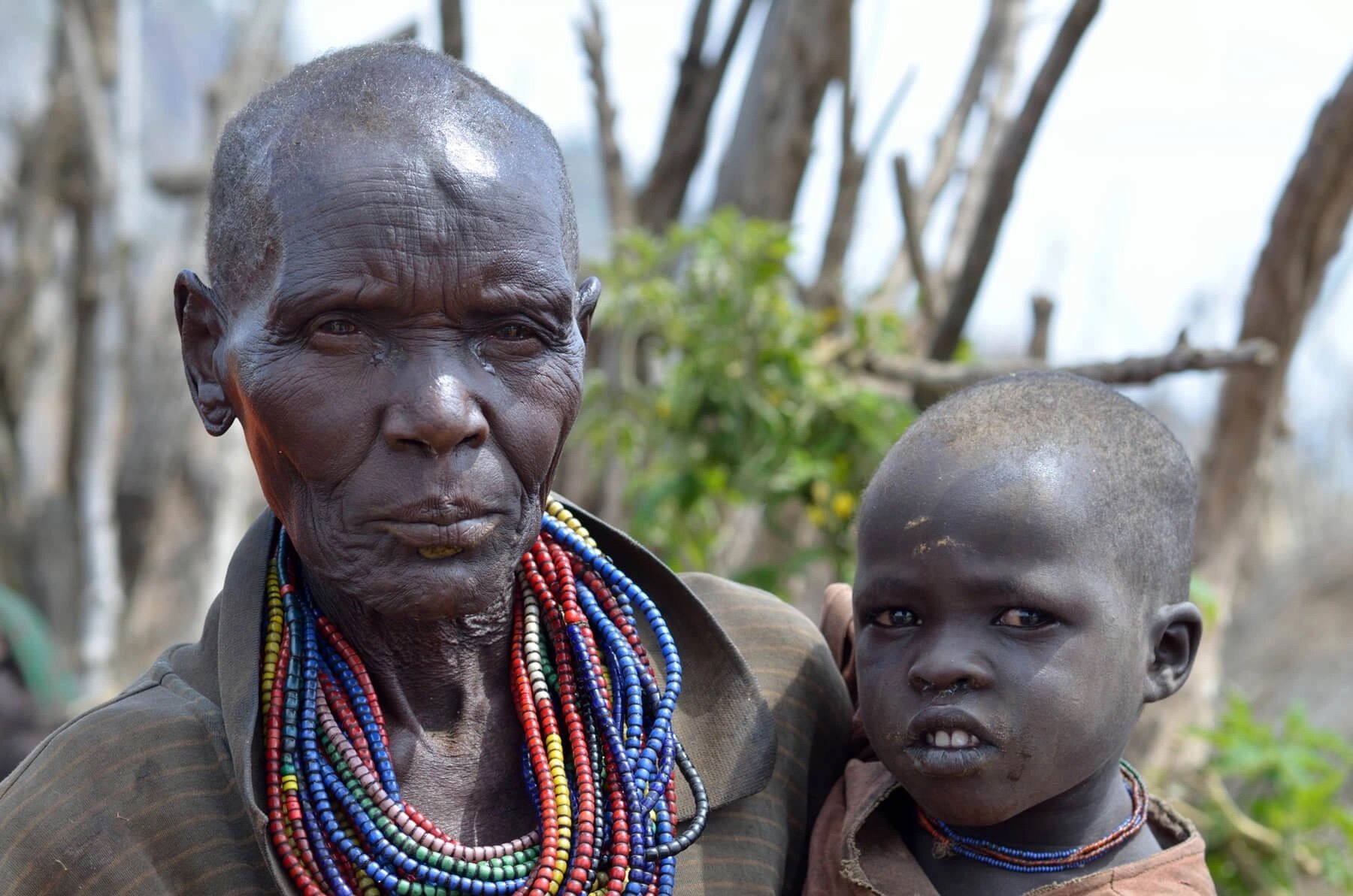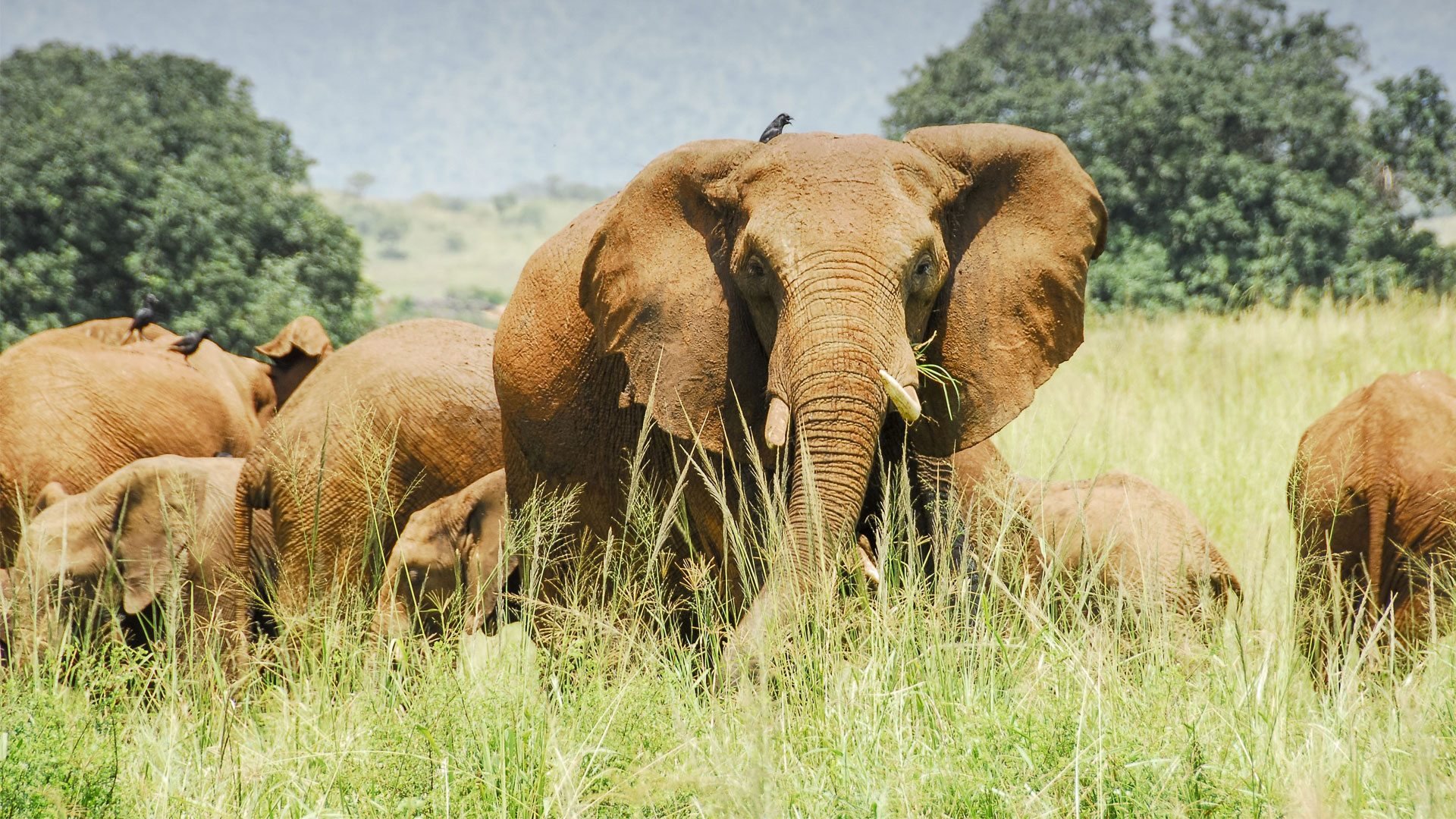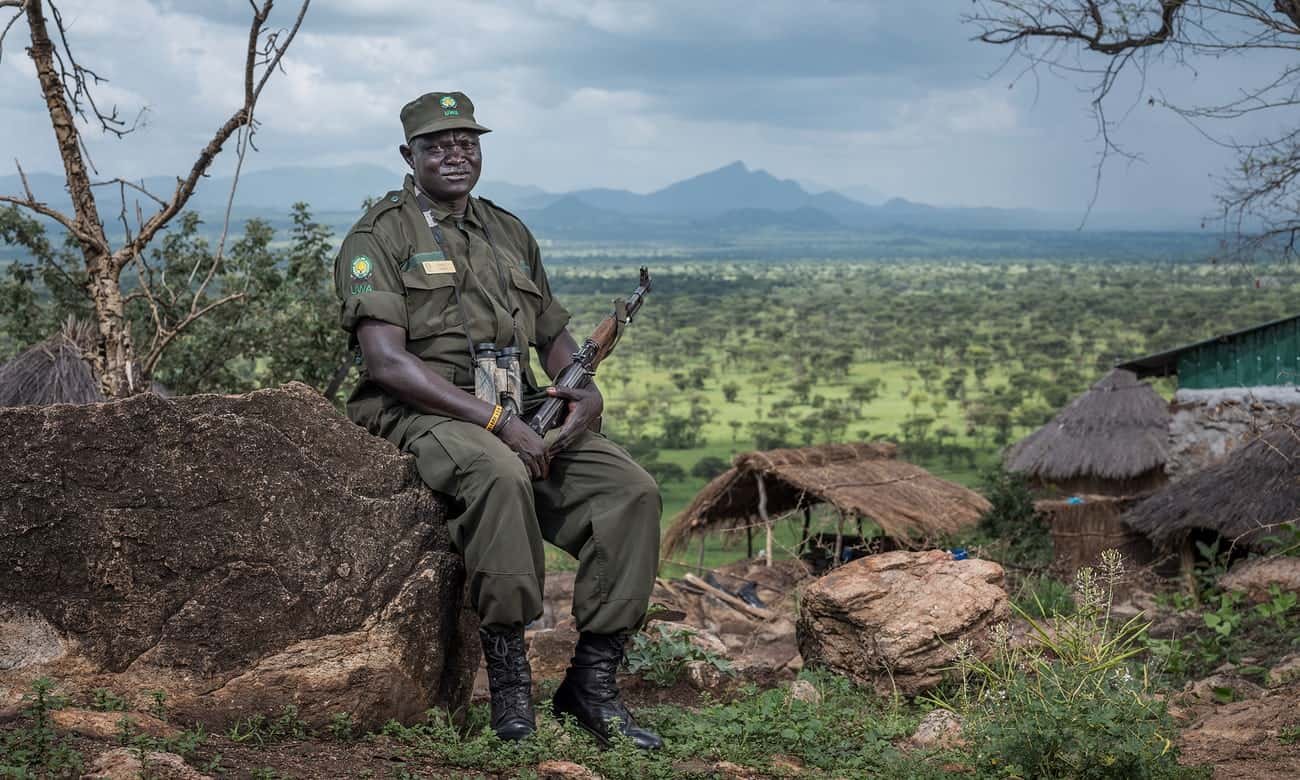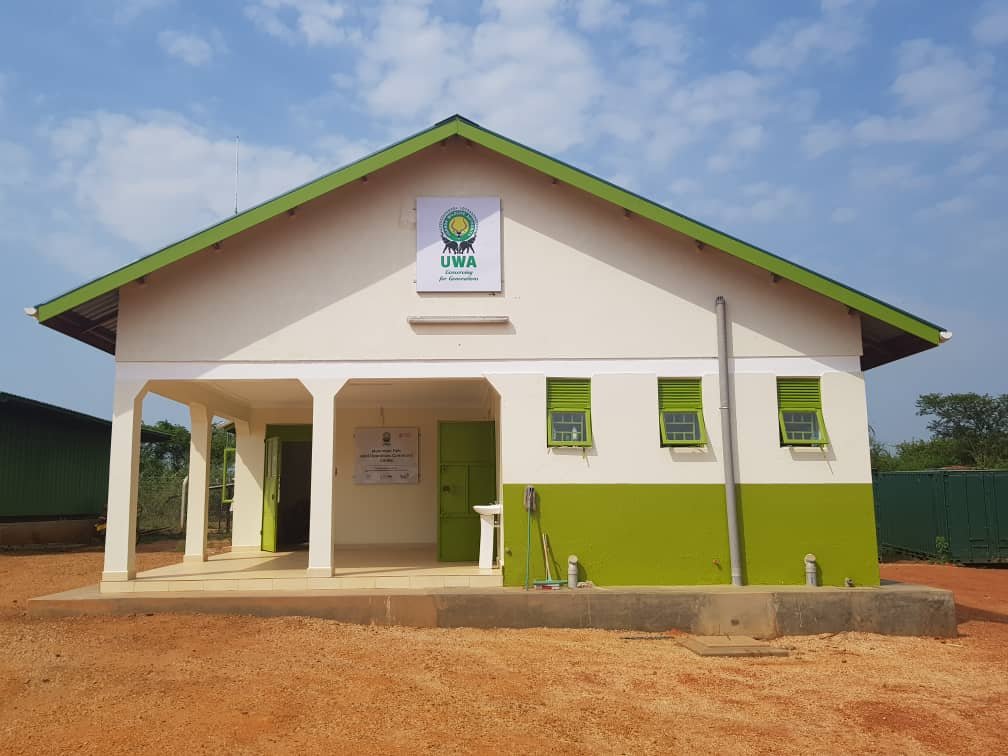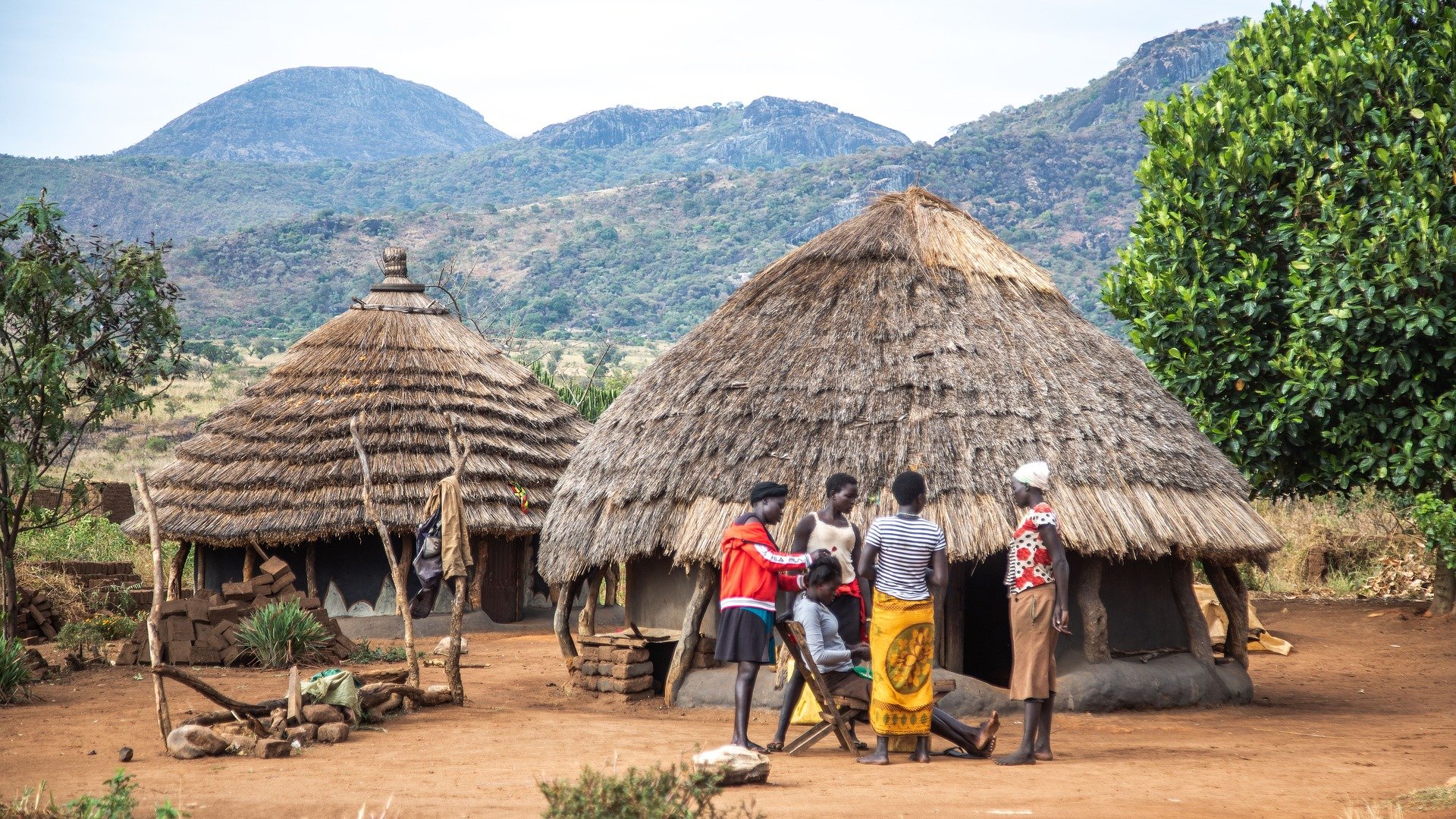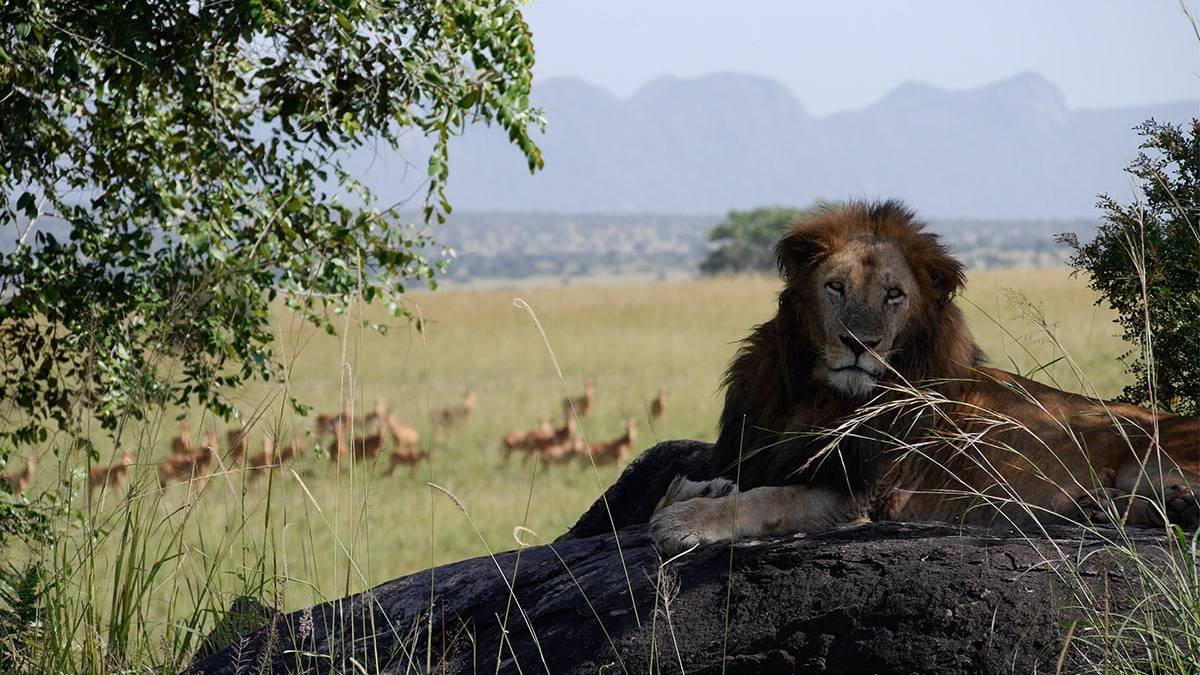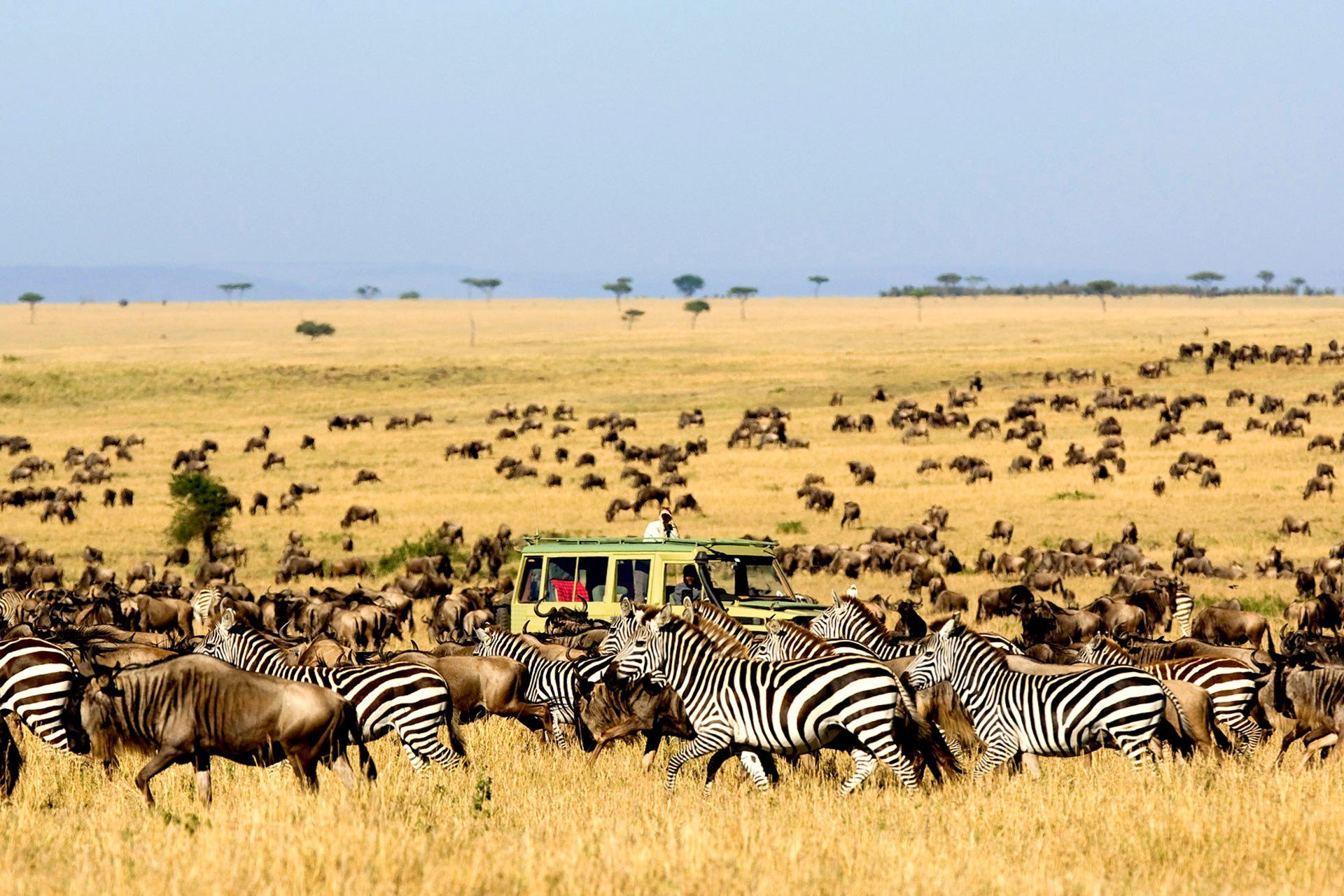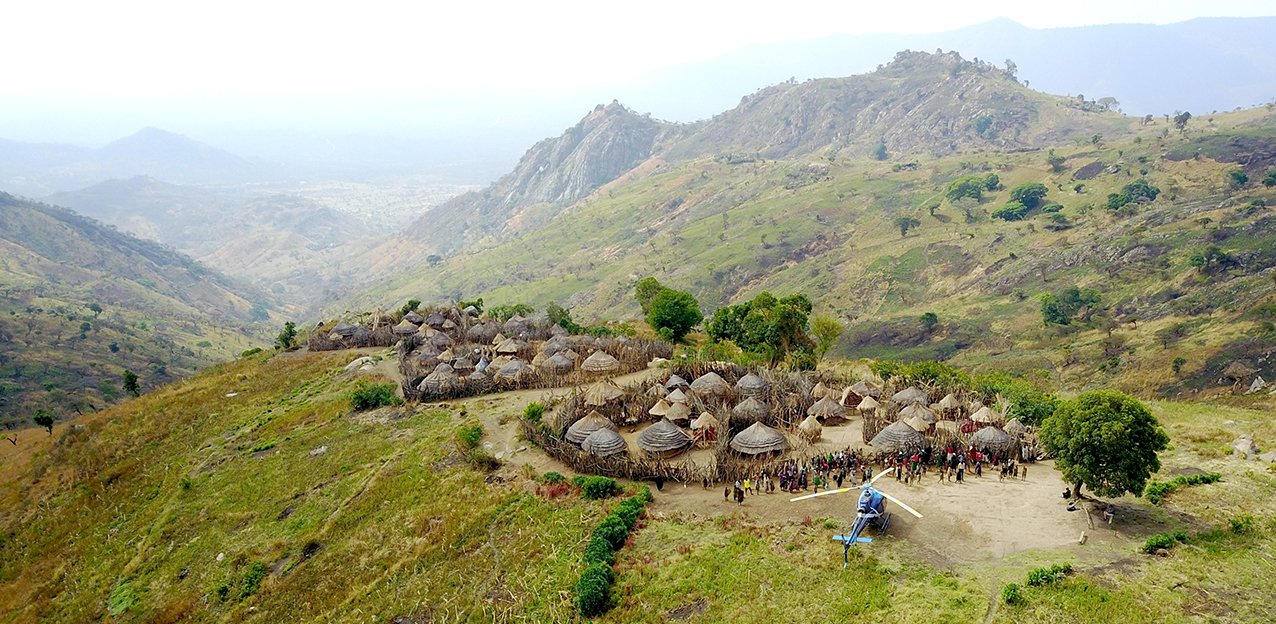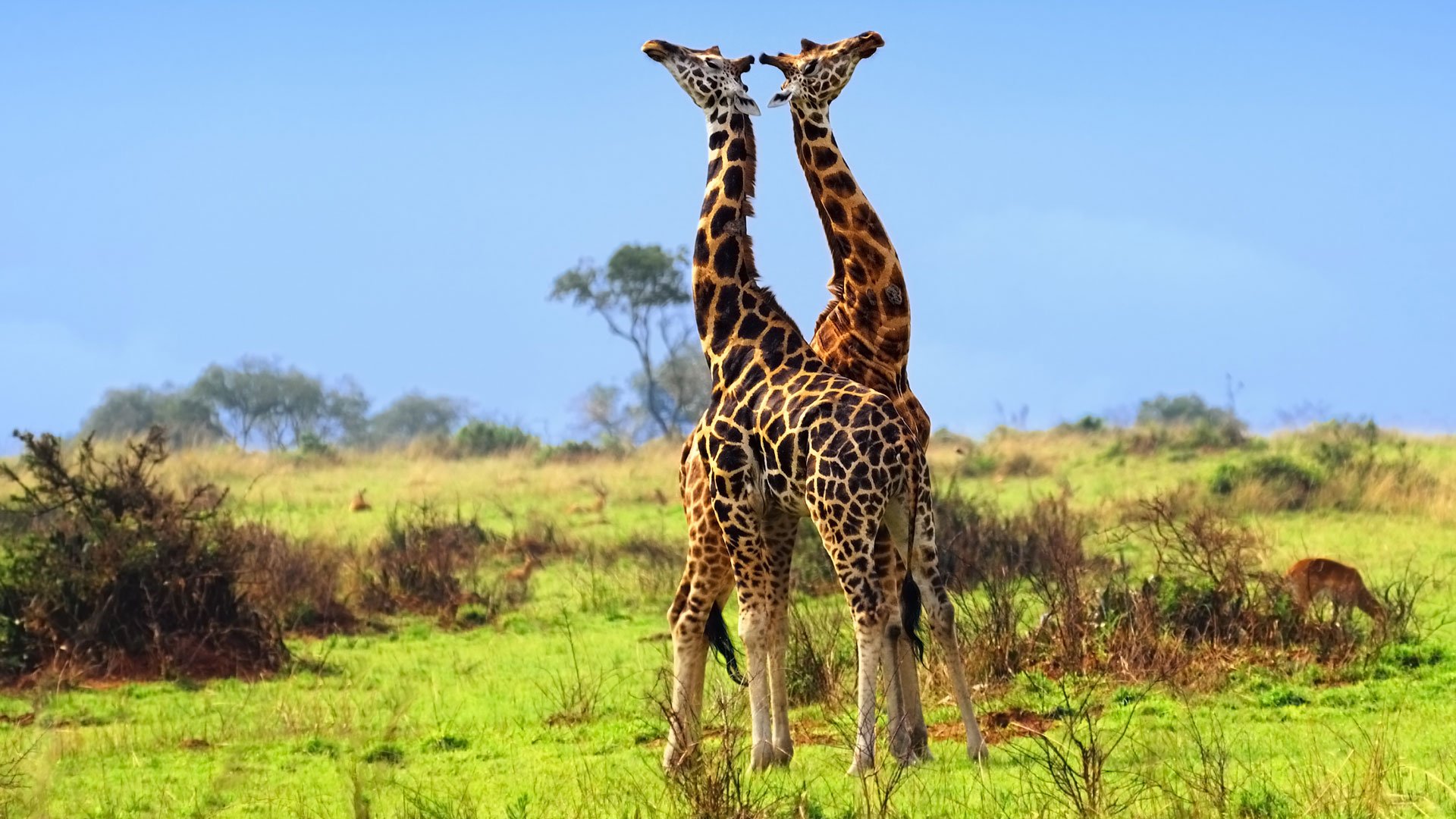Kidepo Valley National Park, Uganda
OVERVIEW
An oasis in the semi-desert, Kidepo Valley National Park covers 1,442 square kilometers of the spectacular Narus Valley. Dramatic mountains and rocky outcrops surround beautiful expanses of savanna and forest.
SIZE
220,000 Hectares
GOAL
$640,000
VISITORS BY 2025
12,000
Introduction
An oasis in the semi-desert, Kidepo Valley National Park covers 1,442 square kilometers of the spectacular Narus Valley. Dramatic mountains and rocky outcrops surround beautiful expanses of savanna and forest, with bubbling hot springs as a reminder of its volcanic past.
Uganda is now a popular tourism and wildlife destination, but Kidepo remains relatively unknown, tucked away in the far northern reaches of Uganda near the border with South Sudan.
Although many of the animals were driven away in the 1980's and 90's by tribal warfare, wildlife is once again thriving in Kidepo. Almost 500 bird species and 86 mammal species call this park home, including spotted hyena, lion, cheetah, leopard, elephant, giraffe, zebra, African buffalo, bat-eared foxes, Rothschild's giraffe. Buffalo herds can number over 3000 and lions are plentiful, but now restricted to the park.
The region also includes the IK tribe, an isolated tribe living in the nearby hills. The IK are one of the smallest ethnic groups in Africa, and may have come from Ethiopia hundreds of years ago.
Threats to Kidepo
In Kidepo, protected area management needs to be improved. Currently, operations and staff are only based within the national park, yet wildlife spends 50% of its time outside. Poaching outside of the park is high.
For UWA to have a successful programme outside of the park, and transboundary management connecting to the Northern Rangeland Trust conservancies in Kenya, UWA's core management capability must be expanded beyond the park.
The foundations of protected area management must be established at Kidepo HQ, including the Joint Operations Command Centre and a digital radio system that covers the park as well as areas outside. In addition, UWA's capabilities (initially put in 4 to 5 decades ago) must be aligned to the threats of today, as well as the protected area's vital interests and priorities.
Until now, UWA has simply used what facilities have existed. There are no communications and operations management systems to support effective real time management. UCF is working with UWA and other partners such as the Northern Rangeland Trust in Kenya to develop a successful transboundary conservation programme.
Saving Kidepo
Due to COVID, the Uganda Wildlife Authority has lost over 95% of its revenue base from tourism. UWA is now operating on 15% of its operational budget. In Murchison Falls and Queen Elizabeth Protected Areas, UCF has been providing operational support including fuel for operations (anti-poaching, problem animal control and veterinary rescues), patrol food, basic maintenance of operational motorbikes, boats and cars, and ranger equipment.
UWA has requested UCF supports Kidepo Valley by installing the same foundations of park management as in Murchison Falls & Queen Elizabeth National Parks. This includes the Joint Operations Command Centre, digital radio network, and EarthRanger.
This will allow for the imminent expansion of conservation well beyond the boundaries of the park. UCF and UWA are currently working with Ian Craig and the Northern Rangeland Trust in Kidepo on plans to expand the success of NRT's 40+ conservancies across the border into north-east Uganda, linking and protecting the considerable landscapes for both communities and wildlife.
Improving the Communications Network
We plan to make the following improvements to the communications network at Kidepo:
Digital radio network
The network must at minimum cover the core national park. With 50% of the wildlife being outside of the park, the network must reach and help coordination between the future conservancies and Central Forestry Reserves. With no towers existing in the area, it is expected that at least four will be needed, and a minimum of forty radio handsets.
Smart Phone
50 Blackview phones will be deployed. The phones will allow for Cybertracker to link directly to the EarthRanger system, including EarthRanger Tracker.
Hotline
The hotline provides open access for anyone to communicate directly to UWA. This might include communities, tourists or UWA’s own staff. The JOCC brings together all functional areas of the park. Whether tourists communicating they are lost or have broken down, reporting poachers or injured animals, or communities informing UWA of poachers entering the park, the system makes communications quick and easy.
EarthRanger
Access rights will be provided to those needing them in the park, depending on their operational purpose. For example, the Community Conservation Warden will have real-time access to EarthRanger showing Human-Wildlife Conflict and potential lion prides at risk of conflict (monitored by sat collars), enabling teams to be deployed to prevent conflict. The Law Enforcement Warden will have access to monitor patrols and all other relevant information on a tablet/phone 24/7.
Reporting
Report structures and templates are designed by respective managers to include particular information (maps, graphs, tables). Tableau automatically provides the analytics and information graphics, dramatically improving the speed of production and quality of reports. Information is then easily transferred and monitored at HQ.
Kidepo rangers undergo US Army training on how to stop wildlife crime.
Species Facing Extinction
In Kidepo Valley National Park, we are working with our partners to protect the African lion.
Global Conservation is funding a multi-year Species Population Baseline study for African lions to ascertain progress in Park and Wildlife Protection from our investments in Global Park Defense in Kidepo.
Just 400 lions survive in Uganda . African lions are the largest and most imposing carnivore in Africa and the only true social cats, and they have special cultural significance in most countries on the continent. Unfortunately, African lion numbers have plummeted by over 40% in the last three generations due to loss of habitat and conflict with people. Three-quarters of African lion populations are in decline.
Partners in Conservation
Uganda Conservation Foundation (UCF)
The Uganda Conservation Foundation is focusing on Ugandan wildlife conservation after years of civil conflict and poaching. Their aim is to conserve and preserve the natural environment and the fauna and flora in Uganda.
In 2018, UCF began working to support the Uganda Wildlife Authority and local communities in Murchison Falls National Park, to unite the needs of the Ugandan people with that of conservation and development objectives for the benefit of all.
The Project Director is Michael Keigwin, a 20-year veteran in Ugandan conservation. He has led the turnaround of Murchison Falls National Park.
The Uganda Wildlife Authority (UWA) is the governing body that regulates park and wildlife conservation in Uganda. UWA manages ten national parks, twelve wildlife reserves, and fourteen wildlife sanctuaries. UWA also provides guidance for five community wildlife areas. It is governed by a board of trustees appointed by the minister responsible for wildlife.
The UWA was established in August 1996 by the Uganda Wildlife Statute, which merged the Uganda National Parks Department with the Uganda Game and Fisheries Department. UWA is now a core department of the Ministry of Tourism and Antiquities.
The Northern Rangelands Trust (NRT) is a membership organisation owned and led by the 43 community conservancies it serves in northern and coastal Kenya. NRT was established as a shared resource to help build and develop community conservancies, which are best positioned to enhance people’s lives, build peace and conserve the natural environment.


